In order to make it easier to cultivate land plots it is necessary to use machinery and special devices. This is not only a super-shovel. With it, of course, it is easier, but still requires a lot of physical effort. It is much easier to work if you use motoblocks and motocultivators. They, of course, are expensive, but they are worth the price.
Conteúdo do artigo
Motoblocks and motorized cultivators: what is the difference?
Work on the land requires considerable effort. Modern technology allows you to greatly simplify this hard work. For example, motoblocks and motorized cultivators will facilitate plowing, weeding, perching and some other operations. The main difference between the motocultivator and motoblock is the power and the number of operations that they can perform.
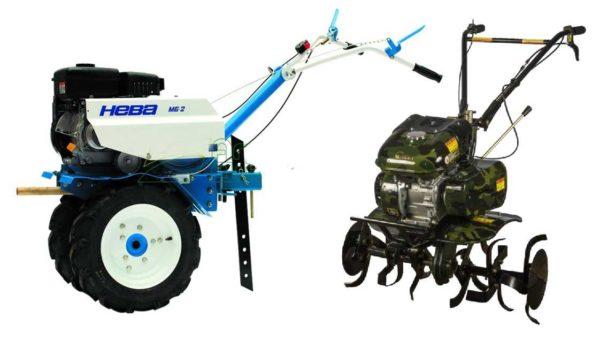
Motocultivators – small lightweight devices with a capacity of 3-6 horsepower. The main purpose – loosening the soil with the help of a cutter. Other operations and work with other implements is possible, but not on all models and not with all soils.
Motoblocks – more powerful devices – from 7 hp. – with a wide range of functions. They can cope with plowing (working with a plow), loosening (milling), perching, grass cutting, etc. As an additional function – the ability to transport cargo or move a small trailer.
What to choose
How to choose what to buy? What is better, motoblocks and motocultivators? Depends on the size of the area you plan to process, the list of works that you want to automate, the soils on the site.
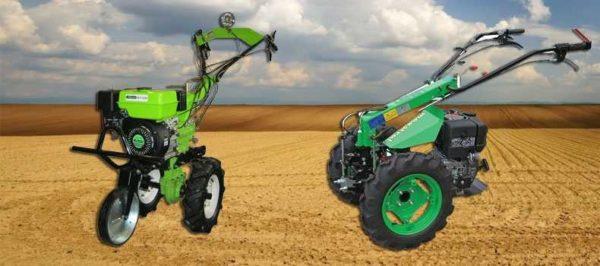
Where and for what it is better to use motorized cultivators
For a dacha, garden, vegetable garden with an area of up to 10-15 hectares is quite enough motorized cultivator. Especially if the soil is light. Soil loosening and inter-row processing this device conducts well, but works, as a rule, at one speed. Only some, more expensive models can have two speeds, even rarer is the ability to change the direction of movement (reverse).
The main equipment – cutters. They come in different sizes for different row spacing widths. Changing the cutter takes little time, which is convenient. With plowing can cope only with the heaviest and most powerful (read – expensive) models, and even then, on light and medium soils. And about deep processing is not a question.
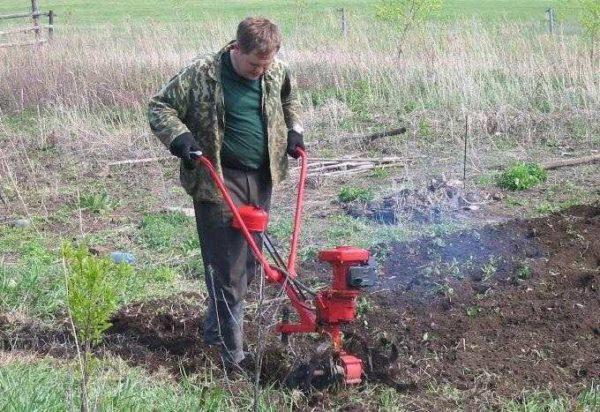
Some owners on the more powerful models adapt cultivators. The quality of cultivation is not always high. It is normal only on light soils. Even with pre-loosening, the row spacing has to be adjusted manually. Although the work is certainly much easier.
The wheel, most often, is one – the central, solid cast. That is, during work it will require some effort to keep the implement in a stable position. In general, for a standard dacha plot, a motorized cultivator is an excellent choice. For large areas, more powerful equipment is required.
Scope of application of motoblocks
If the area of the cultivated area exceeds 20 hectares, it makes sense to buy a motoblock. Unlike motorized cultivators, they have several transmission speeds, the possibility of backing up. Speeds are usually few, 2-3 when moving forward and 1-2 when moving backward.
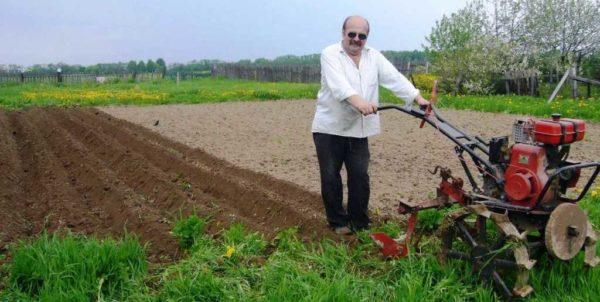
The number of attachments on motoblocks is greater: in addition to milling machines, you can put a plow, mower, perching machine. Due to the greater power, soil processing is faster, its depth can be greater. The depth is changed by installing weights that lower the cutter or plow lower.
Motoblocks have two pneumatic wheels, due to which they are more stable. Effort during work is minimal, you only have to control the direction.
Class division
Motoblocks and motorized cultivators are divided into three classes. The choice of class depends on the type of soil to be cultivated and the area of the plot. There are light, medium and heavy cultivators and motoblocks.
- Light. Suitable for processing light, and previously already processed soils. Are distinguished by a small power and weight, as a rule, have a small processing area in one pass. These are cultivators for dachas, small gardens and vegetable gardens with annual soil treatment. They are distinguished by high maneuverability. But, due to the low weight, you have to make considerable efforts to stabilize their position. This especially affects the work with light motorized cultivators – you have to push well to keep the cutter at the desired depth. Developing new areas with this class of machinery is very problematic and can lead to rapid wear and tear.
- Medium. Suitable for work on medium-density soils. Due to the more solid weight, processing is possible to a greater depth. It can also be used in dachas, but works well already on loams of medium “heaviness”, fertile soils. Due to the greater weight of the technique is more stable, does not jump out of the ground when working. Maneuverability is still high. Mid-class motoblocks are suitable for processing plots up to half a hectare, with motocultivators of this type, the work is faster, although they are not designed for processing large areas.
- Heavy. Universal units for processing any kind of soil, including for cultivating virgin land. Suitable for transporting crops, for working with other mounted implements (mower). It is advisable to buy, if more than a hectare of heavy soils or two or more – light soils. Due to the greater weight and dimensions, maneuverability is less, but the width of the processing band and possible depth – more.
In general, motoblocks and motocultivators by classes are not difficult to choose. For dachas, light and medium models of motocultivators are suitable, for farms more suitable motoblocks. The class will have to be determined by the soil and the size of the cultivated area.
Engine type and its parameters
Motoblocks and motocultivators are equipped with an engine. From its type and power depends on the speed and depth of processing, the ability to work with soils of different types, the size of the tools used. In general, the choice of engine is an important task.
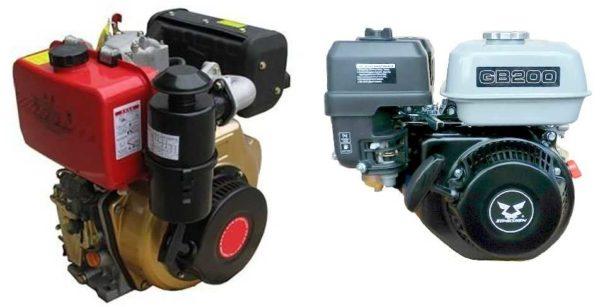
Engine type
Motoblocks and motocultivators are produced with engines of three types:
Most often choose a gasoline engine. Diesel, of course, more economical during operation, but the price of models with similar characteristics is very different. So most often choose motoblocks and motocultivators with gasoline engines.
Gearbox type
The gearbox is a node that transmits torque in the gearbox. The type of gearbox affects the durability of the machine, the level of noise during operation, the smoothness of speed changes. In general, this is an important node.
Gearboxes on motoblocks and motocultivators are:
- Worm reducer. It is common on single-stage gearboxes, which are equipped with light cultivators. Worm gear is low-noise, characterized by smooth operation and low noise level, high efficiency. The disadvantage is short life.
- Chain reducer. It is put on light and medium motorized blocks and medium/heavy motorized cultivators. On the axle of the motor there is a driving sprocket, on the working shaft – the driven one. They are connected by a chain. By changing the gear ratio, the force on the working equipment is changed, so you can select the required force for each job. The chain reducer can be collapsible or non-collapsible. In the collapsible type, worn parts (sprockets) can be replaced. A non-disassembled chain gearbox can be replaced as a whole. The disadvantage of a chain gearbox is the high noise level.
- Gear reducer. It consists of a set of combined gears. Such gearboxes stand on medium and heavy motoblocks, on cultivators they are not found. The most reliable gearbox, designed for heavy loads, but also the most expensive. In budget models, it can not be found. From the disadvantages – expensive maintenance.
Actually, the choice is actually small. Cultivators are mostly equipped with worm gearboxes. Only on some, more expensive heavy ones put chain. Light and medium sized motoblocks (even budget heavy ones) are equipped with chain reducers and only on expensive heavy ones there are pinion gears.
Number of speeds
Inexpensive light and medium motorized cultivators do not have a gearbox and they always work with the same force. This is normal for simple single-type work – loosening. More powerful machines – heavy cultivators and all power tillers – have a gearbox. The number of speeds – from 2 to 8. The more speeds, the more accurately you can select the force for a particular job. This ultimately saves fuel.
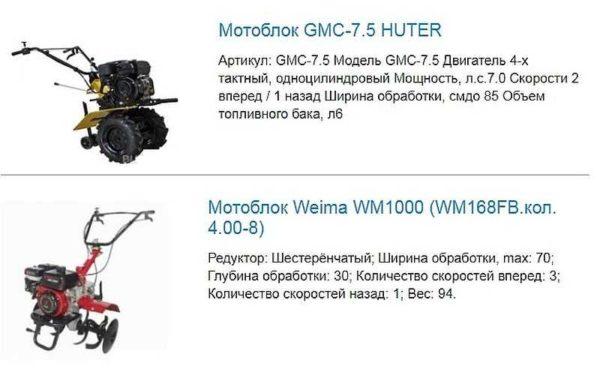
Even more “advanced” modifications have the ability to change the direction of movement – can move backward. This is convenient in a limited space, but the gearbox is more complicated, its cost is higher. The number of speeds in reverse movement is less – from one to three.
Reverse gearboxes can be mechanical and automatic. Automatic ones change direction while driving, on mechanical ones for reverse it is necessary to stop first, then change gear. It is clear that automatic ones are more complex, cost more (and in maintenance, too).
Motocultivators: selection parameters, which one is better, prices, reviews
Let’s start with how to choose a motocultivator, on what parameters to make a choice. Then we will consider the most popular models, their advantages and disadvantages, prices.
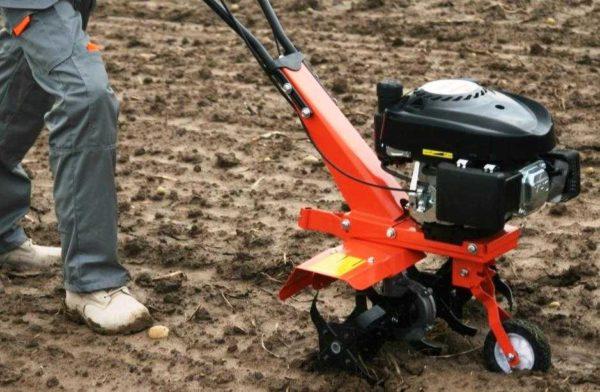
Selection criteria
General parameters have already described above: it is class, power, engine type, gearbox and the number of speeds. Here we will briefly list the main selection criteria and the possible range of parameters. Here is what we pay attention to when choosing a motorized cultivator:
- The direction of rotation of the cutters. There are direct and
- Cutter rotation speed (for models that operate at one speed).
- The number of cutters in the set and their sizes.
- Working width. From 15 cm to 110 cm.
- Working depth. From 15 cm to 25 cm
- Type of wheels. Not a bad option – from molded rubber, but the best – hydraulic (put on some heavy models).
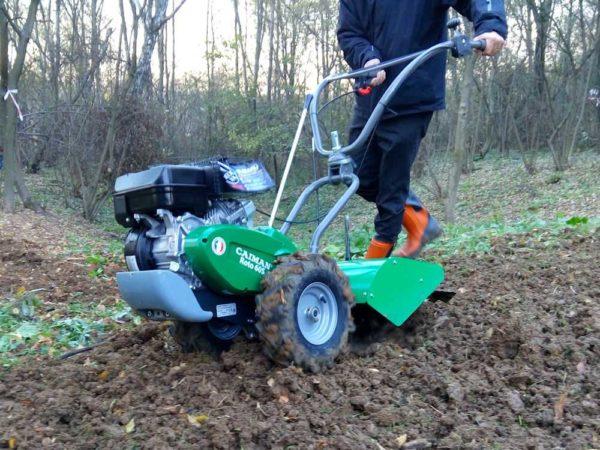
Also in each class, pay attention to the mass. It varies within a fairly wide range:
- light motorized cultivators – from 9 kg to 40 kg (the lightest – with an electric motor);
- medium – from 40 kg to 80 kg;
- heavy – from 80 kg to 140 kg.
The choice by weight is also not quite unambiguous. On the one hand, the lower the weight, the better maneuverability. On the other hand – the heavier the equipment, the greater the working depth (although the dependence is not direct, much depends on the design). The plus of greater mass is also that heavier units can be loaded with homemade devices and used on uncharacteristic work.
Popular models, reviews, prices
Neva – popular motocultivators of domestic production (Peter plant “Red October”). They are designed to take into account the difficult soils that are characteristic of Russia, so that on the cultivators of the middle class there is a gear transmission. From the additional pluses – a stable design, vibration damping. So it is pleasant to work, reviews – on a 4 or 5 on a five-point scale. Characteristics of some models of Neva motorized cultivators are collected in the table.
| Model | Class | Width/depth of soil cultivation | Number and size of cutters | Engine | Power, displacement | Number of speeds | Transmission | Preço |
|---|---|---|---|---|---|---|---|---|
| Neva MK-80-B6.0 | medium | 71-98 cm (depth not specified) | 6 pcs | gasoline, 4-stroke, | 6 hp / 163 cc | 1 | without box, chain reducer, belt transmission | 420$ |
| Neva MK-80P-C5.0 | medium | 60-100 cm/ depth 16 cm | 6 pcs | gasoline | 5 hp / 183 cc | 1 forward, 1 reverse | without box, chain reluctor | 500$ |
| Neva MK70-B5,0 RS | medium | 35-97 cm / depth 16 cm | 6 pcs | gasoline, 4-stroke | 3,7 hp / 163 cc | 1 forward | without box | 380$ |
| Neva MB-S-6.0 | pesado | 65-100 cm / depth 16 cm | gasoline, 4-stroke | 6,1 hp / 205 cc. cm | 4 forward, 2 reverse | mechanics, chain reducer | 620 $ |
There are still domestic motocultivators Krot. Under this name produces equipment plant JSC “MMP named after V.V. Chernyshev. Chernyshev” Moscow. Earlier this brand was produced by the Omsk plant named after P.I.Baranov. There are some more Chinese units under the brand name “Mole”. So when choosing, you need to be careful, and specify which manufacturer.
| Model | Class | Width/depth of soil cultivation | Engine | Power, displacement | Number of speeds | Transmission | Preço |
|---|---|---|---|---|---|---|---|
| KROT MK-1A-02 | medium | 35-60 cm / depth up to 25 cm | Two-stroke carburetor engine with air cooling | 2.6 hp | 1 | 420$ | |
| KROT MK-4-03 | medium | 60-90/ depth 25 cm | gasoline | 4 hp. | 1 forward, 1 reverse | chain reducer | 390$ |
| Mole MK-9-01 | medium | 40-90 cm / depth 26 cm | gasoline, 4-stroke | 5,5 hp / 168 cc. cm | 1 forward, 1 reverse | without box, belt drive | 320$ |
| KROT MK-455 | medium | 60 cm / depth 25 cm | gasoline, 4-stroke | 4 hp. | 1 forward, 1 reverse | worm gearbox, belt transmission | 340 $ |
There are also Russian motorized cultivators from the SoyuzMash plant (brand “Vyatka”). They are less known, are not available in every store. According to users’ estimates, the quality is somewhere on 4.
Motoblocks: what is better, price reviews
As already said, motoblocks are designed for processing large areas, cope with the development of virgin land. The main parameters are the same: the type of engine (gasoline or diesel), the type of transmission, power, the number of speeds. There are still specific, characteristic of this particular equipment.
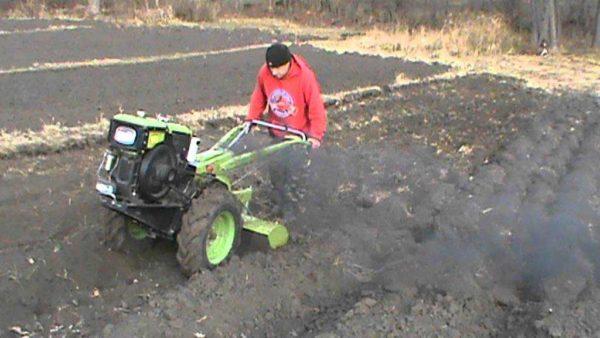
Selection criteria
It is necessary to keep track of:
- class,
- tillage parameters (width and depth);
- fuel tank capacity;
- type of transmission (manual or automatic).
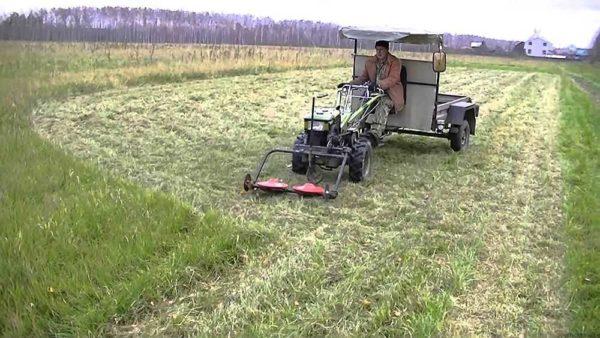
What else is worth paying attention to is the number of attachments that can be operated with this machine. But this should be clarified with sellers, since such “trifles” are not written in the technical characteristics.
The best models according to reviews
The list is compiled on the basis of feedback from owners. The rating included motoblocks of different classes, but their score is not lower than “4” points out of five.
This is not all motoblocks and motocultivators. Only those that caught our eye, and which had good reviews.

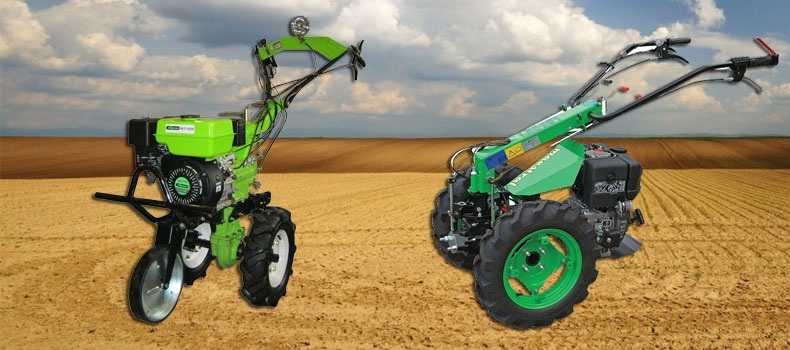
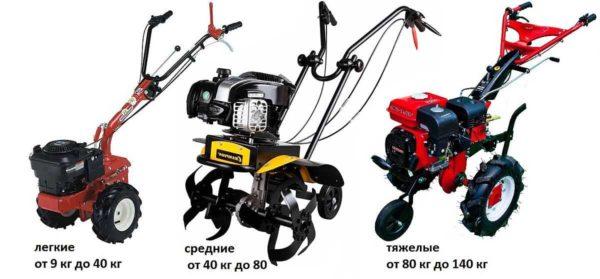
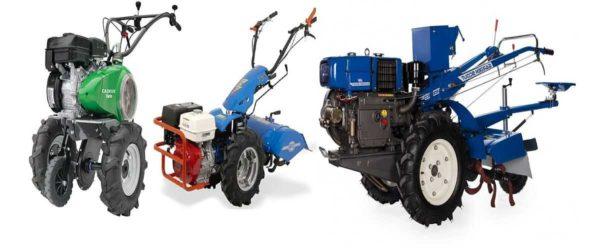
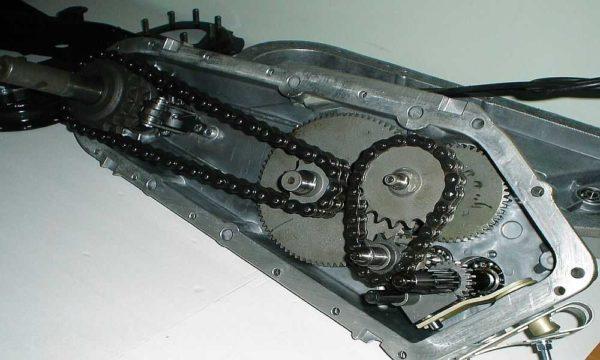
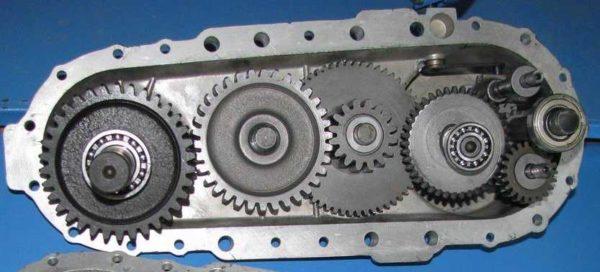
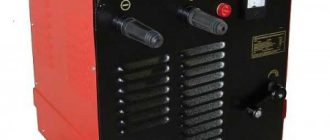
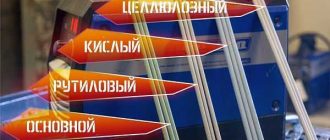
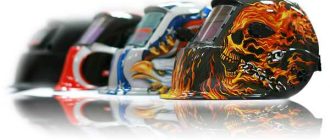
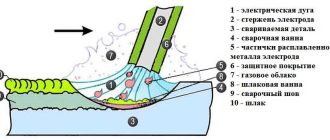
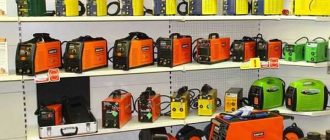
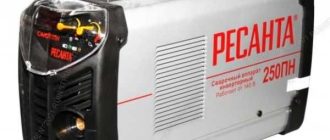
I’ve used a few motoblocks for my garden over the years. Honestly, the ones with more horsepower really make a difference. My buddy swears by his motocultivator; he says it’s lightweight and super easy to handle. Both have their perks, it really depends on what you need!